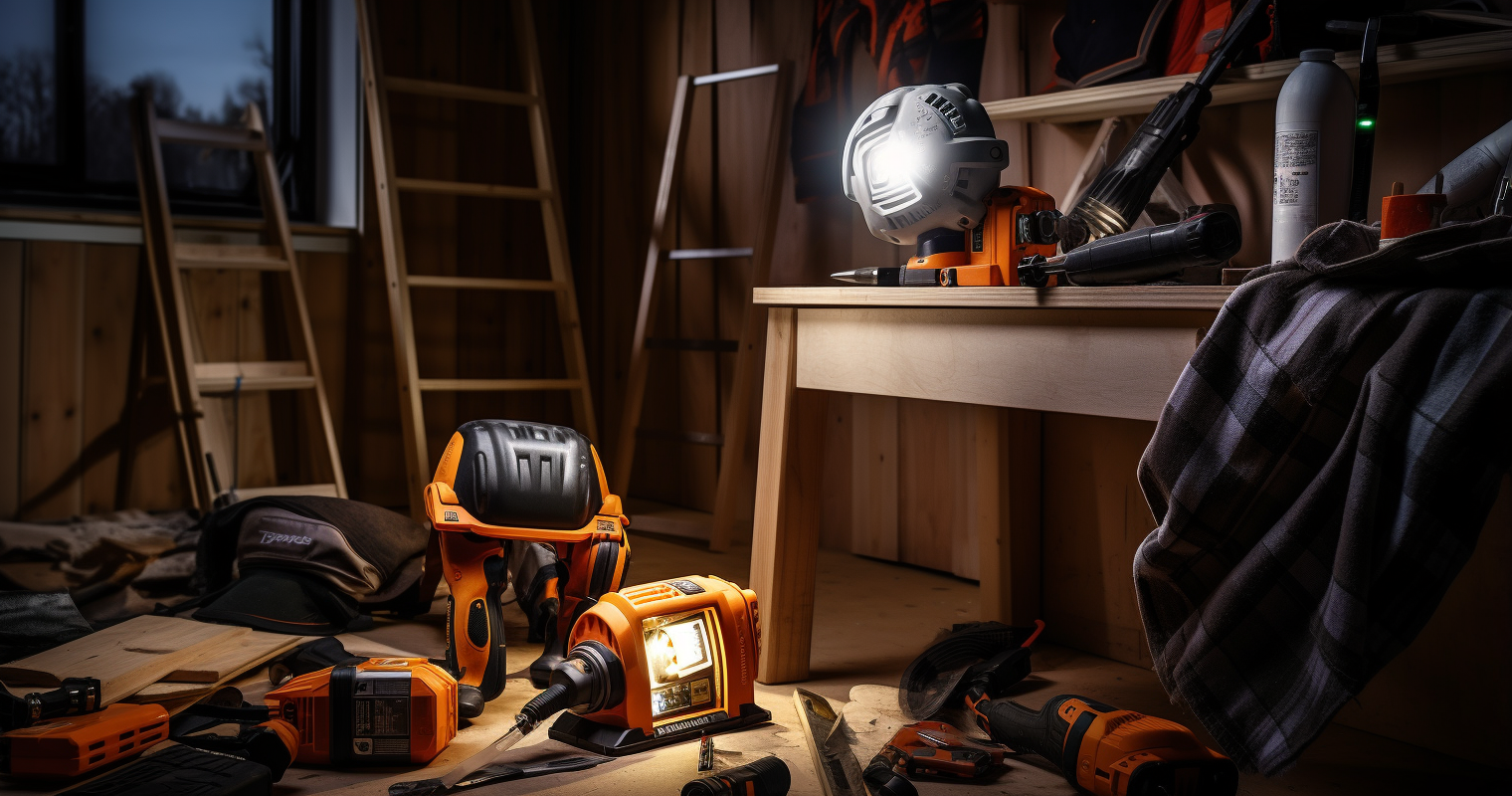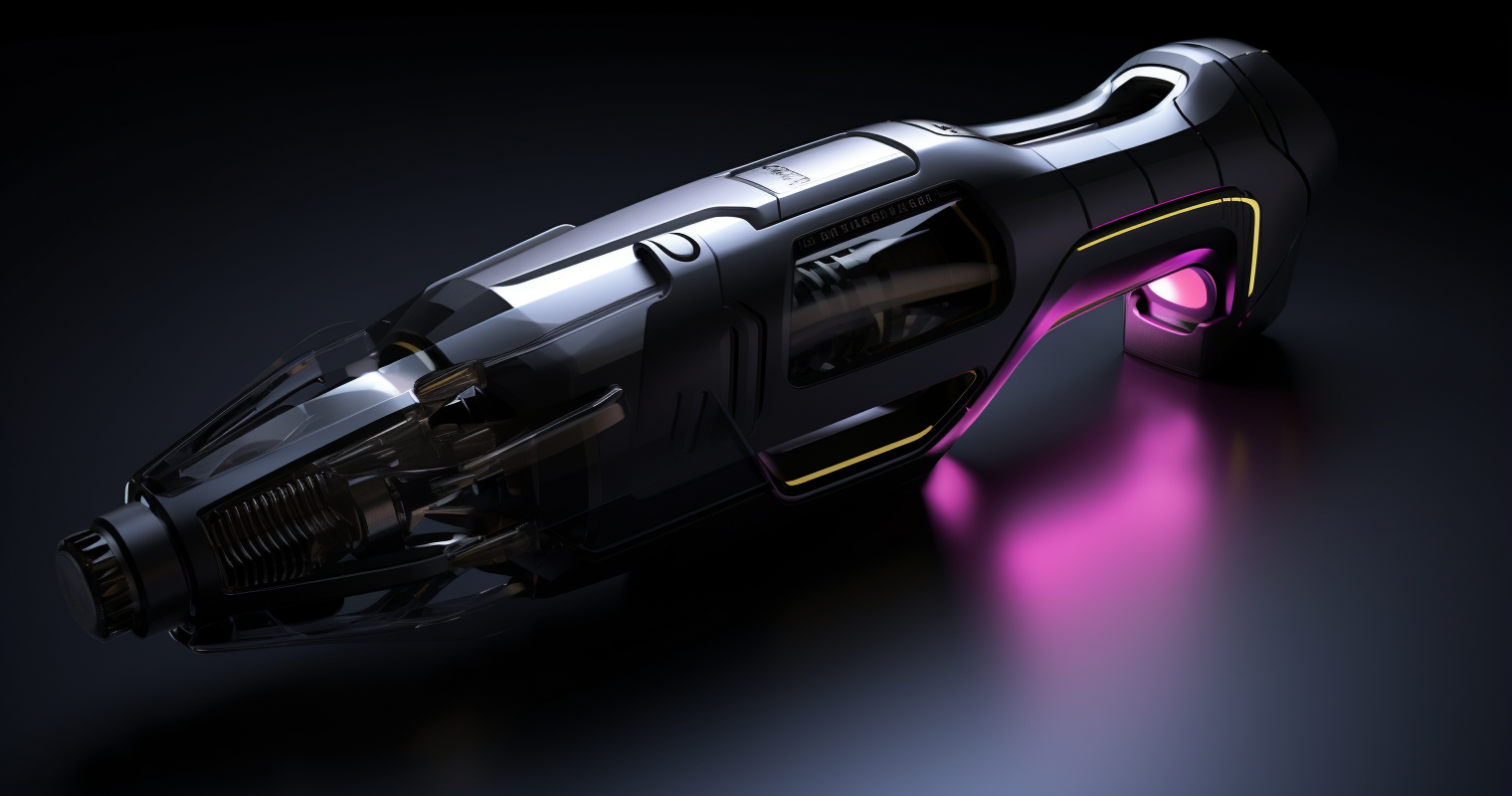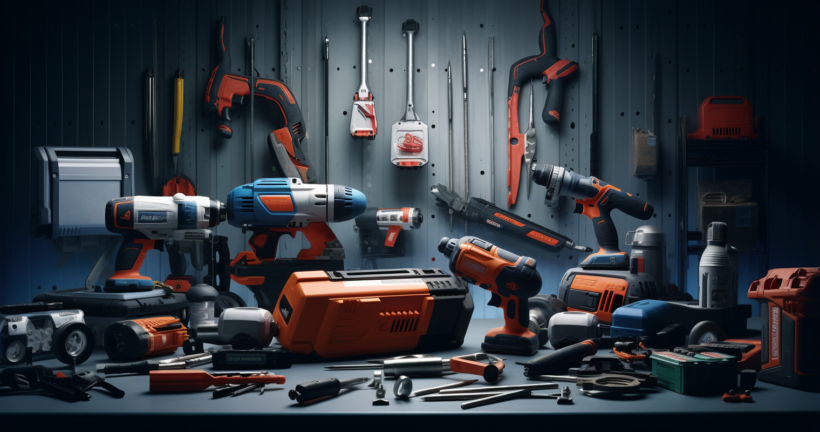In the ever-evolving world of hand tools, one question has been making waves: Which Power Source Has The Advantage Of Being Available At The Scene And Tools That Are Lightweight? It’s not just about power anymore; it’s about convenience, efficiency, and adaptability. According to a recent survey, 70% of professionals prefer tools that are both portable and powerful.
The Evolution of Power Sources in Hand Tools
| Era | Power Source | Key Developments |
|---|---|---|
| Ancient Times | Muscle Power | Basic tools operated by human strength. |
| 19th Century | Electric Power | Introduction of electric tools, enhancing efficiency. |
| 20th Century | Battery Power | Advent of battery-operated tools, enabling mobility. |
| 21st Century | Renewable Energy | Upcoming shift towards sustainable and renewable sources. |
From the primitive stone tools of our ancestors to the high-tech gadgets of today, hand tools have come a long way. The history of hand tools is a testament to human ingenuity and our relentless pursuit of efficiency.
In the early days, muscle power was the primary source of energy. But as civilizations advanced, so did our tools. The introduction of electric tools in the 19th century was a game-changer. Suddenly, tasks that took hours could be completed in minutes.
However, the real revolution began with the advent of battery-operated tools. No longer tethered to a power outlet, these tools offered unparalleled freedom. The rise of cordless tools, especially in the last two decades, has transformed the industry. Their advantages? Portability, efficiency, and the ability to be used anywhere, especially on-site where power outlets might be scarce.
Battery-Powered Tools: The New Norm
Battery-powered tools are not just a trend; they’re the new norm. Their portability and convenience have made them a favorite among professionals and DIY enthusiasts alike. Imagine climbing a ladder or working in a tight space without worrying about tripping over cords. That’s the freedom battery-powered tools offer.
But how do they compare to their corded counterparts? In terms of power, modern battery-operated tools are on par with, if not superior to, corded tools. This is largely due to advancements in battery technology. With the development of lithium-ion batteries, tools can now run longer and with more power.
Moreover, the continuous research in battery tech, like the introduction of graphene batteries, promises even more efficient and longer-lasting power sources. As highlighted in our guide on How to Use a Belt Sander, the convenience of cordless tools can’t be overstated.
For a deeper dive into the world of power tools and their evolution, check out this comprehensive Chapter 10: Scene Lighting, Rescue Tools, Vehicle Extrication, and Technical Rescue.
Which Power Source Has The Advantage Of Being Available At The Scene And Tools That Are Lightweight?

In the world of tools, the question often arises: Which Power Source Has The Advantage Of Being Available At The Scene And Tools That Are Lightweight? The answer isn’t just about convenience; it’s about efficiency, especially during emergencies and fieldwork.
Imagine being in a remote location, perhaps a forest or a disaster-stricken area, and needing to operate a tool. The last thing you’d want is to search for an electrical outlet. This is where battery-operated tools come into play. They’re not just portable; they’re lifesavers.
Several case studies have highlighted the effectiveness of on-scene power sources. For instance, rescue teams during earthquakes or forest rangers combating wildfires have emphasized the importance of battery-operated tools. Their ability to function without external power sources makes them invaluable in critical situations.
For a deeper understanding of tools and their various applications, especially in emergencies, the Chapter 17 Quiz ABE offers some insightful information.
Lightweight Tools: Why They Matter

Ever tried working with a heavy tool for an extended period? If yes, you’d know the strain it puts on your arms and back. Tool weight plays a crucial role in user efficiency and fatigue. The lighter the tool, the longer you can work without tiring out.
Different power sources have varying weights. While corded tools might be lighter, their cords add to the overall weight and restrict movement. Battery-operated tools, on the other hand, strike a balance between weight and freedom of movement.
Advancements in material science have paved the way for lightweight tools without compromising on strength. Modern tools use materials that are both light and durable, ensuring longevity.
For those keen on understanding the basics of some of these tools, The Basics on Multi-Bit Screwdriver: Hand Tools DIY is an excellent resource.
The Future of Power Sources in Hand Tools

The realm of hand tools is ever-evolving, and with advancements in technology, we’re on the brink of some groundbreaking changes. So, what’s the next big thing in tool power sources? Experts predict a shift towards renewable energy. Imagine a drill powered by solar panels or a saw that harnesses wind energy. The possibilities are endless and exciting!The push for sustainability is evident. Companies are now exploring sustainable practices in tool manufacturing, ensuring a greener planet for future generations.But it’s not just about the energy source. Innovations in battery technology are on the horizon. We’re talking about batteries that charge within minutes and last for days. For a deeper dive into the future of tools and their power sources, the Chapter 17 Flash Cards offer a comprehensive overview.
Considerations When Choosing a Power Source
| Consideration | Corded Tools | Battery-Powered Tools |
|---|---|---|
| Portability | Limited due to cord dependency. | High portability, no cords required. |
| Usage Frequency | Suited for regular use. | Suitable for both frequent and occasional use. |
| Power Requirements | Adequate power supply needed. | Modern batteries provide sufficient power. |
| Maintenance | Minimal, focus on tool care. | Regular battery maintenance required. |
| Safety | Safety concerns around cords. | Safety measures for battery care and usage. |
Choosing the right power source for your hand tool isn’t as straightforward as it might seem. Several factors come into play, and it’s essential to weigh them all.
Firstly, consider your work environment. Are you often on the move, or do you work in a fixed location? For those always on the go, cordless tools powered by efficient batteries might be the best bet.
Tool usage frequency is another crucial factor. If you’re a professional who uses tools daily, you’d need a robust power source. On the other hand, occasional DIY enthusiasts might be okay with standard batteries.
Every tool has specific power requirements. Ensure that the power source you choose can meet these needs without compromising on performance.
Maintenance is key! Regular tool maintenance and proper battery care can significantly extend the life of your tools. And let’s not forget about safety. Different power sources come with their set of safety considerations. Always prioritize safety over convenience.
For those keen on exploring various tools and their power sources, Types of Power Tools is a must-read. It provides a detailed breakdown of tools and the power sources best suited for them.
Frequently Asked Questions
Which power source is readily available at the scene?
The power source that’s readily available at the scene is typically battery-operated tools, offering both portability and efficiency.
Why is lightweight important in tools?
Lightweight tools reduce user fatigue, increase efficiency, and are easier to transport, especially in on-scene operations.
Are battery-operated tools less powerful than corded ones?
While early battery-operated tools lagged in power, modern versions are on par with, if not superior to, their corded counterparts.
How long do battery-operated tools typically last on a full charge?
The duration varies by brand and usage, but many high-quality tools can last between 4-8 hours on a full charge.
Are there any safety concerns with on-scene power sources?
Yes, ensuring batteries are in good condition and using tools as directed minimizes risks. It’s essential to regularly check and maintain your tools.
How has the introduction of battery-operated tools impacted the industry?
The introduction has revolutionized the industry, offering unparalleled flexibility and making on-site jobs more efficient.
Can I use my tool while it’s charging?
It’s not recommended as it can reduce battery life and may pose safety risks. Always refer to the manufacturer’s guidelines.
Conclusion
The debate around Which Power Source Has The Advantage Of Being Available At The Scene And Tools That Are Lightweight? is more than just a matter of preference. It’s about understanding the needs of modern professionals and ensuring that tools evolve to meet these demands. As technology continues to advance, the line between power, portability, and efficiency will blur, leading to tools that are not only versatile but also indispensable.
Thank you for reading!
